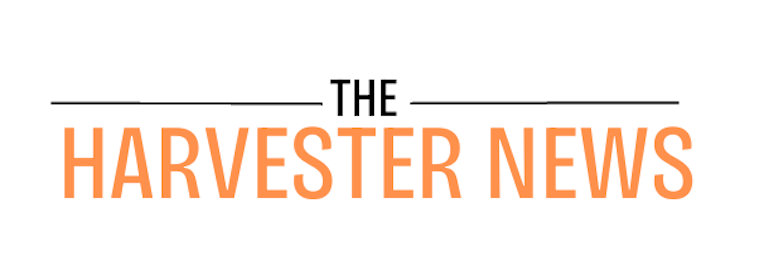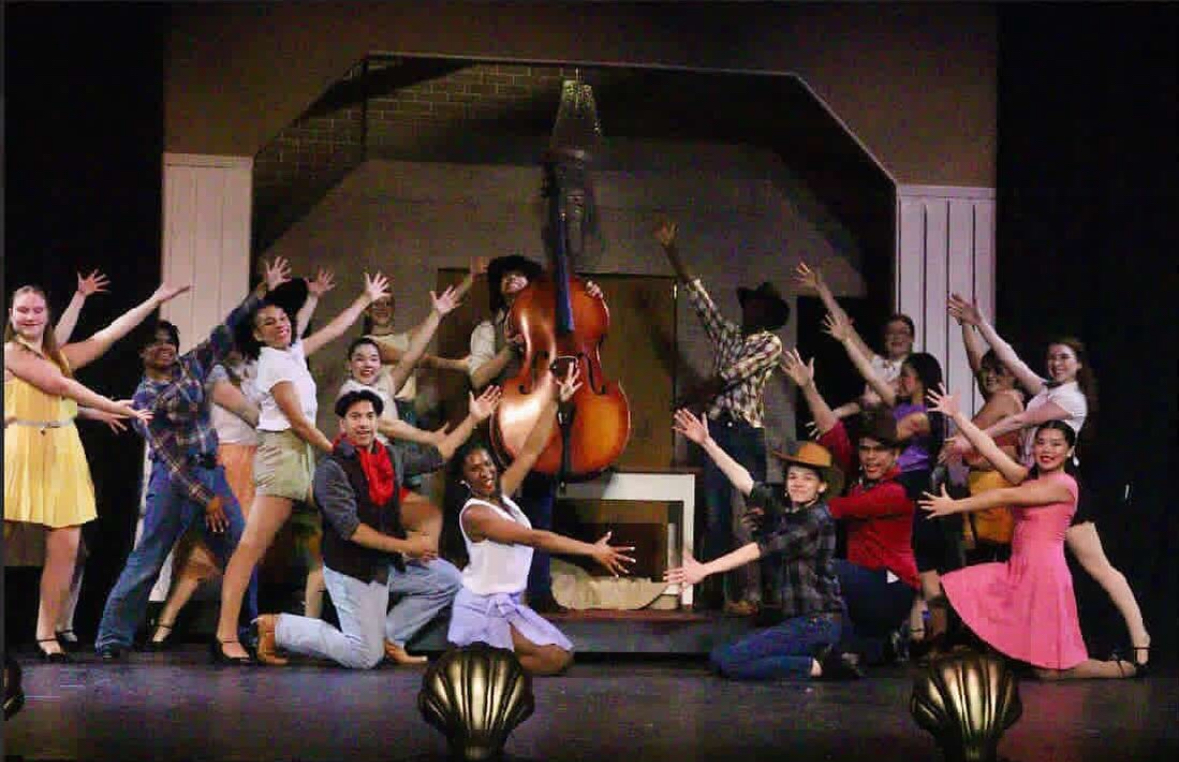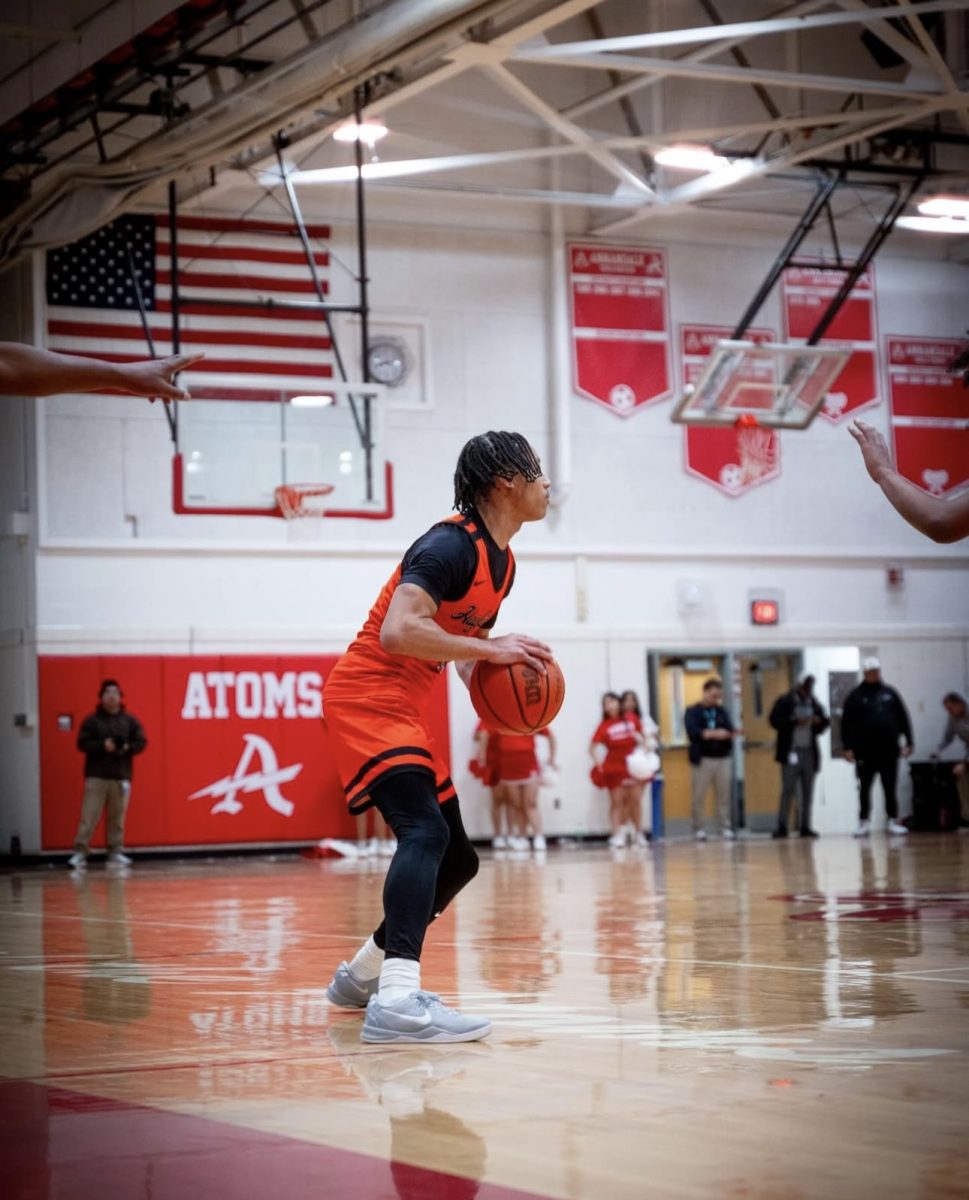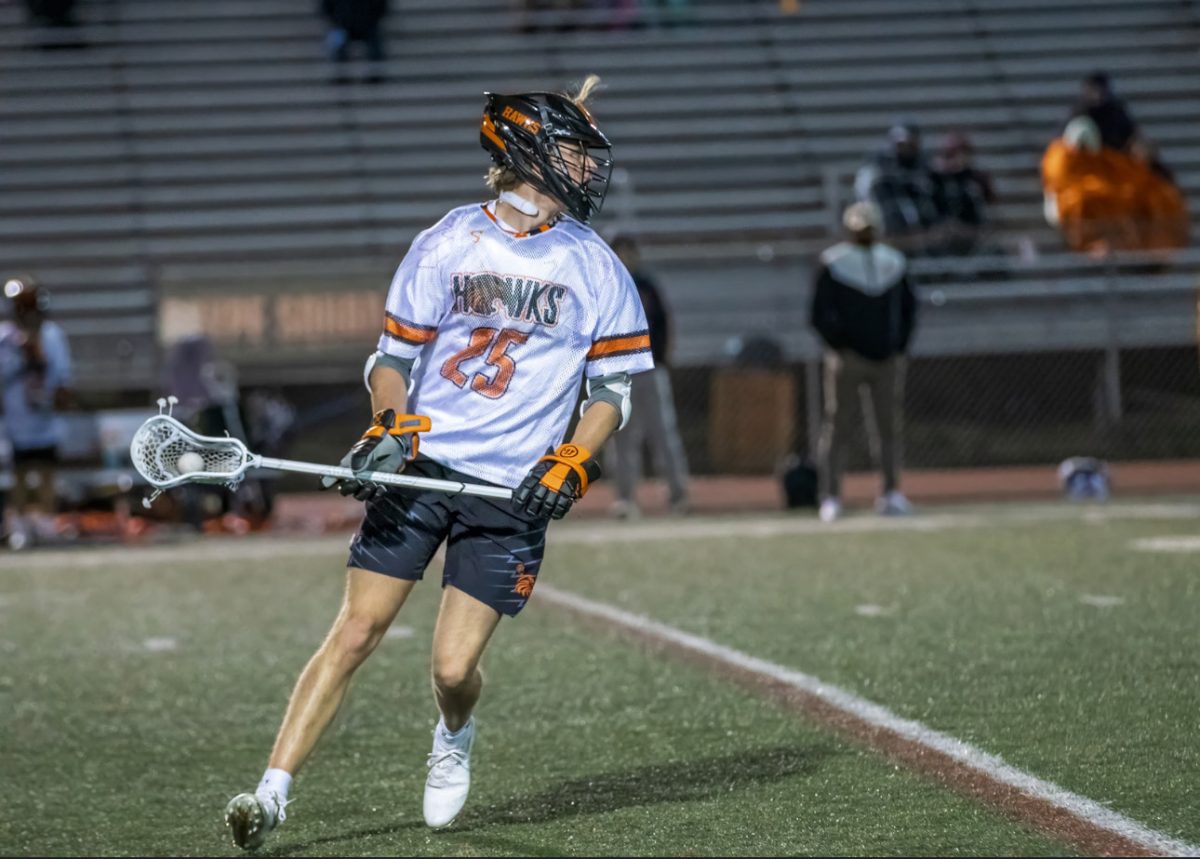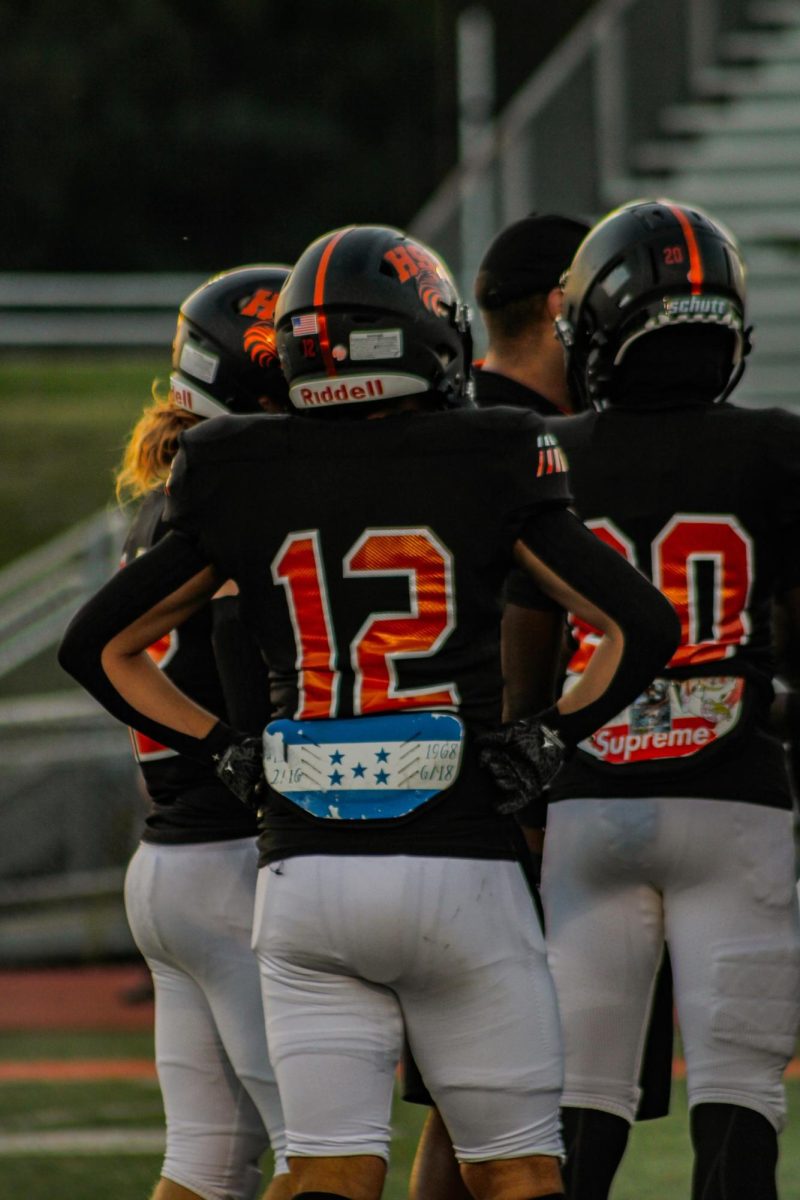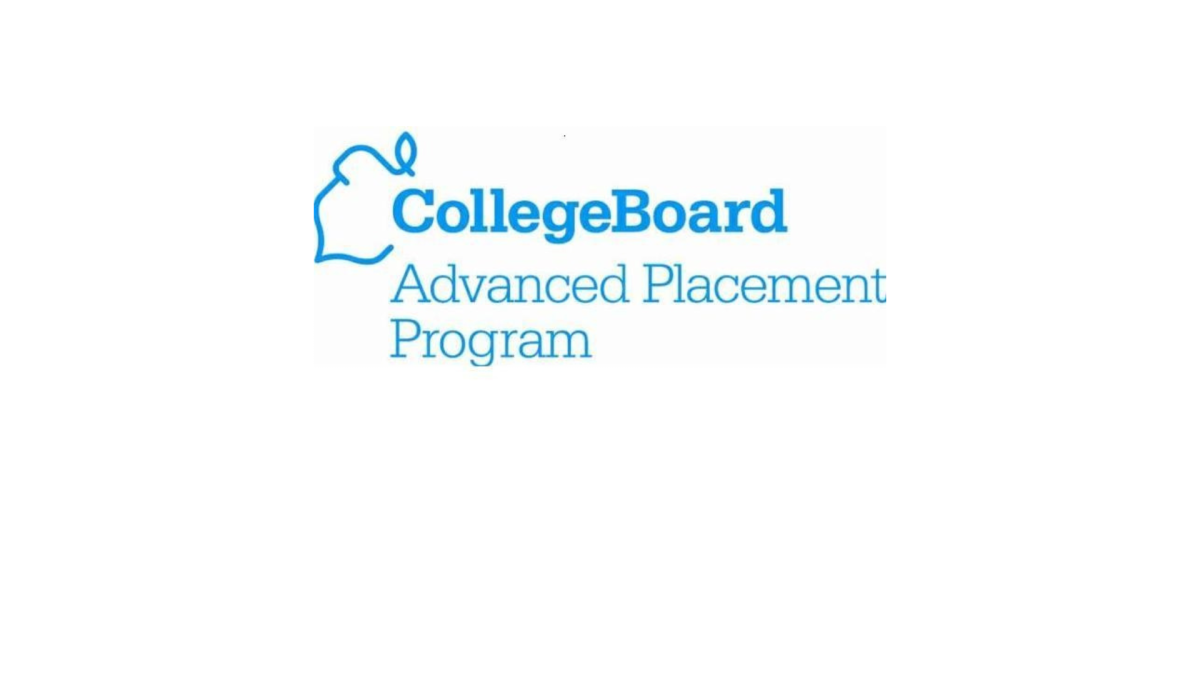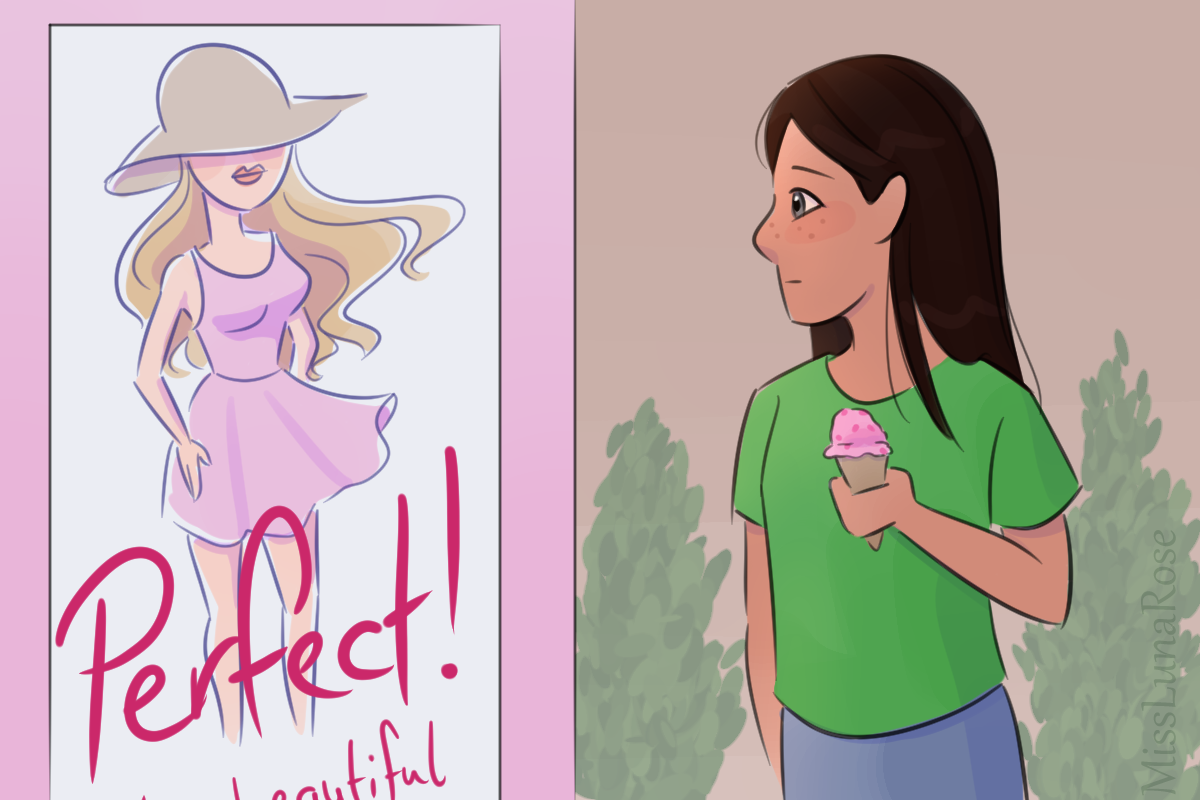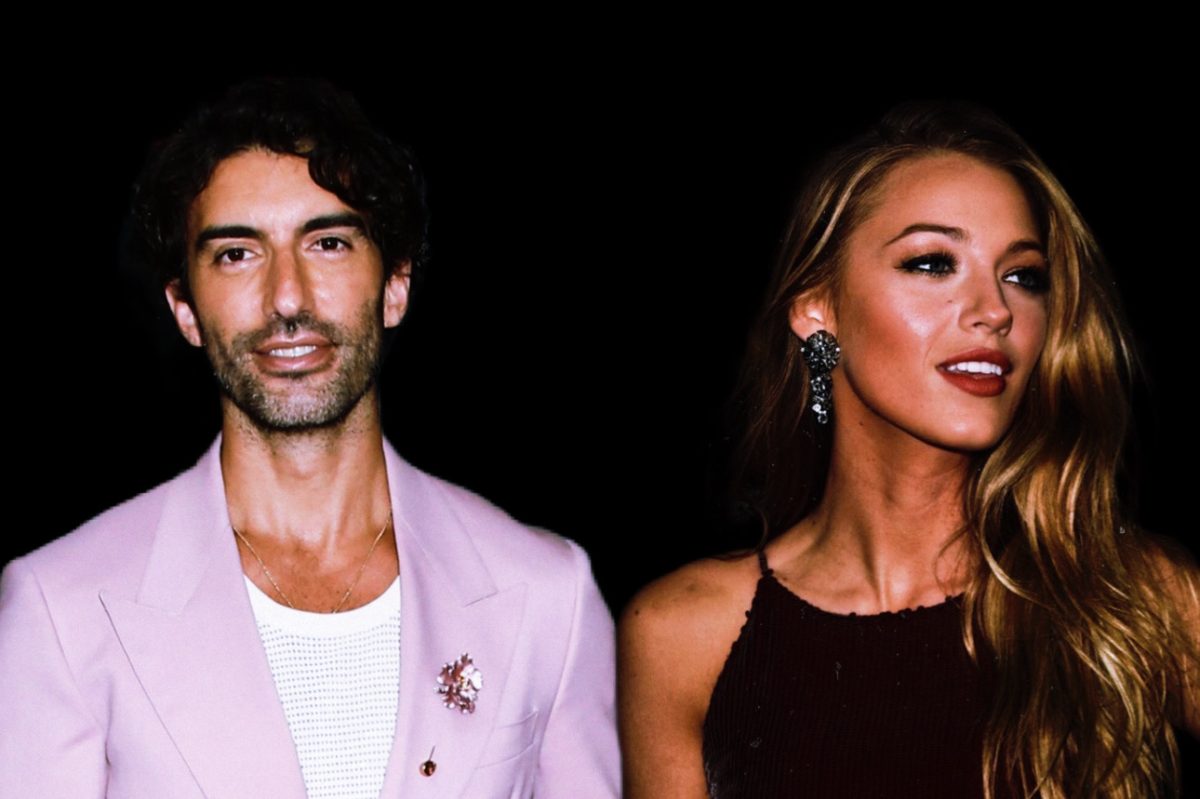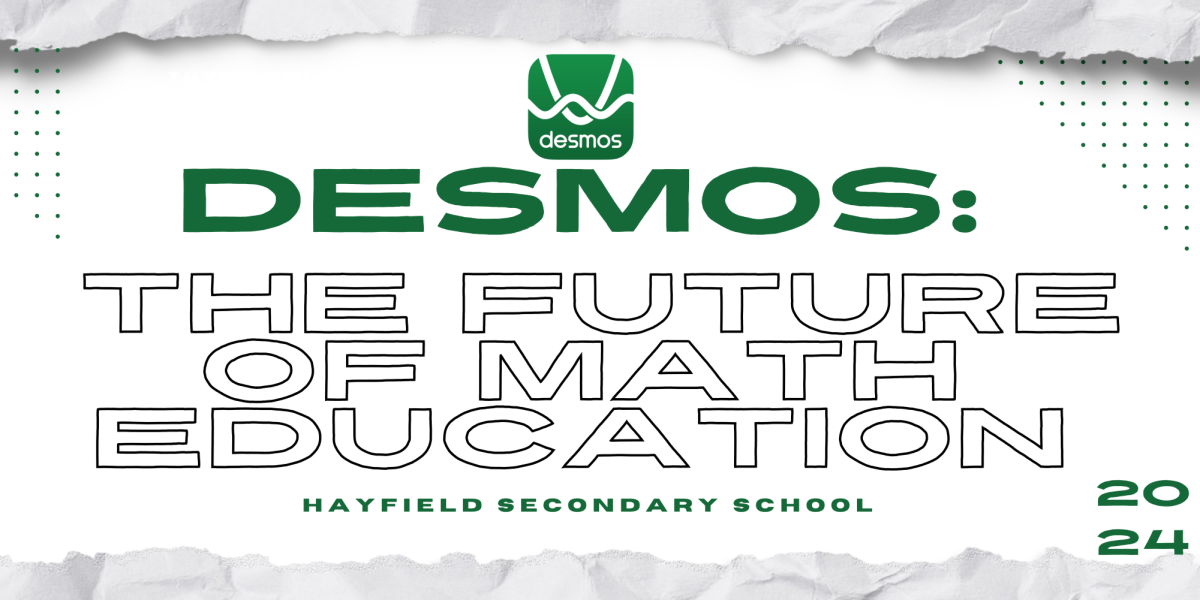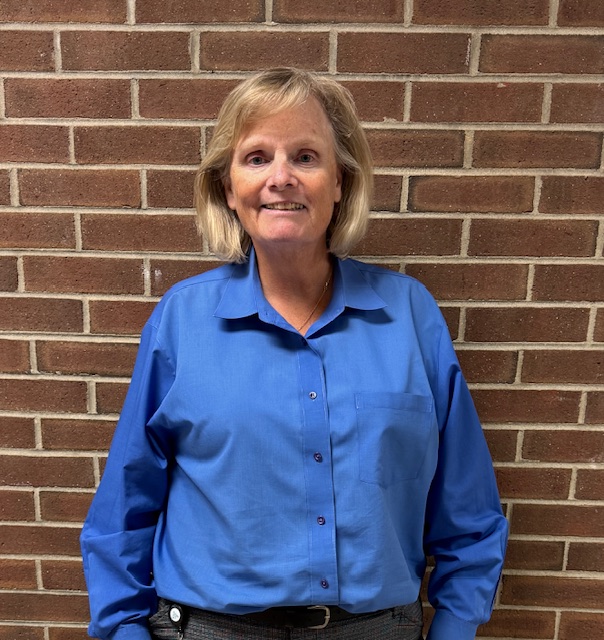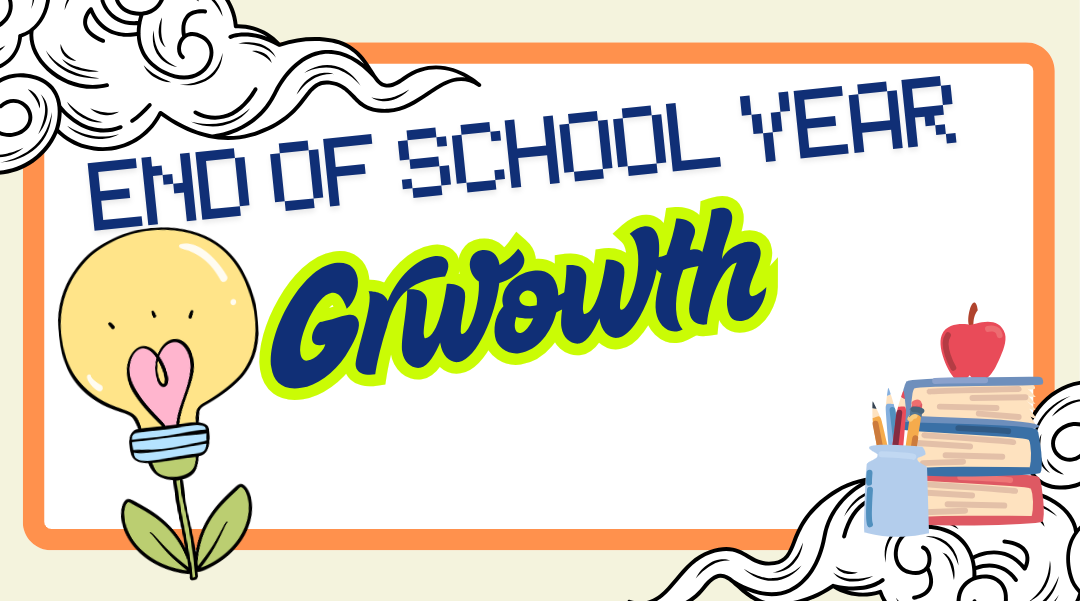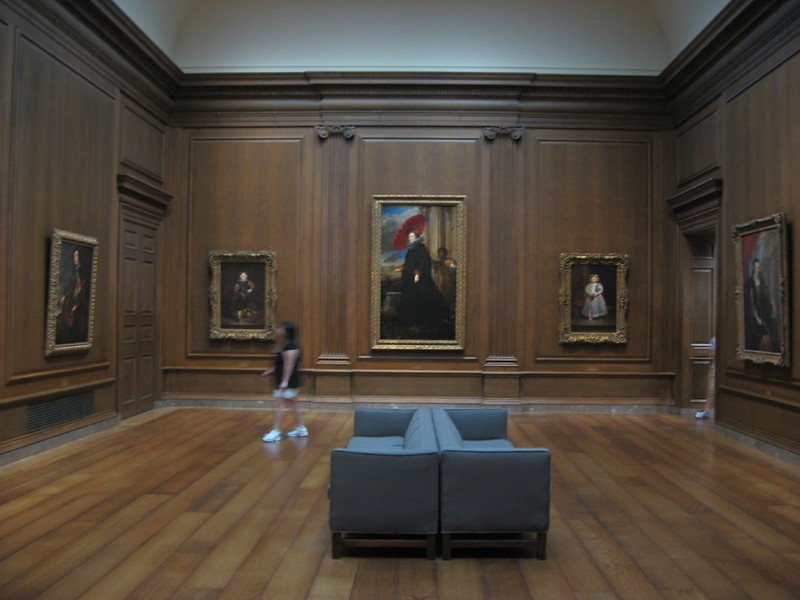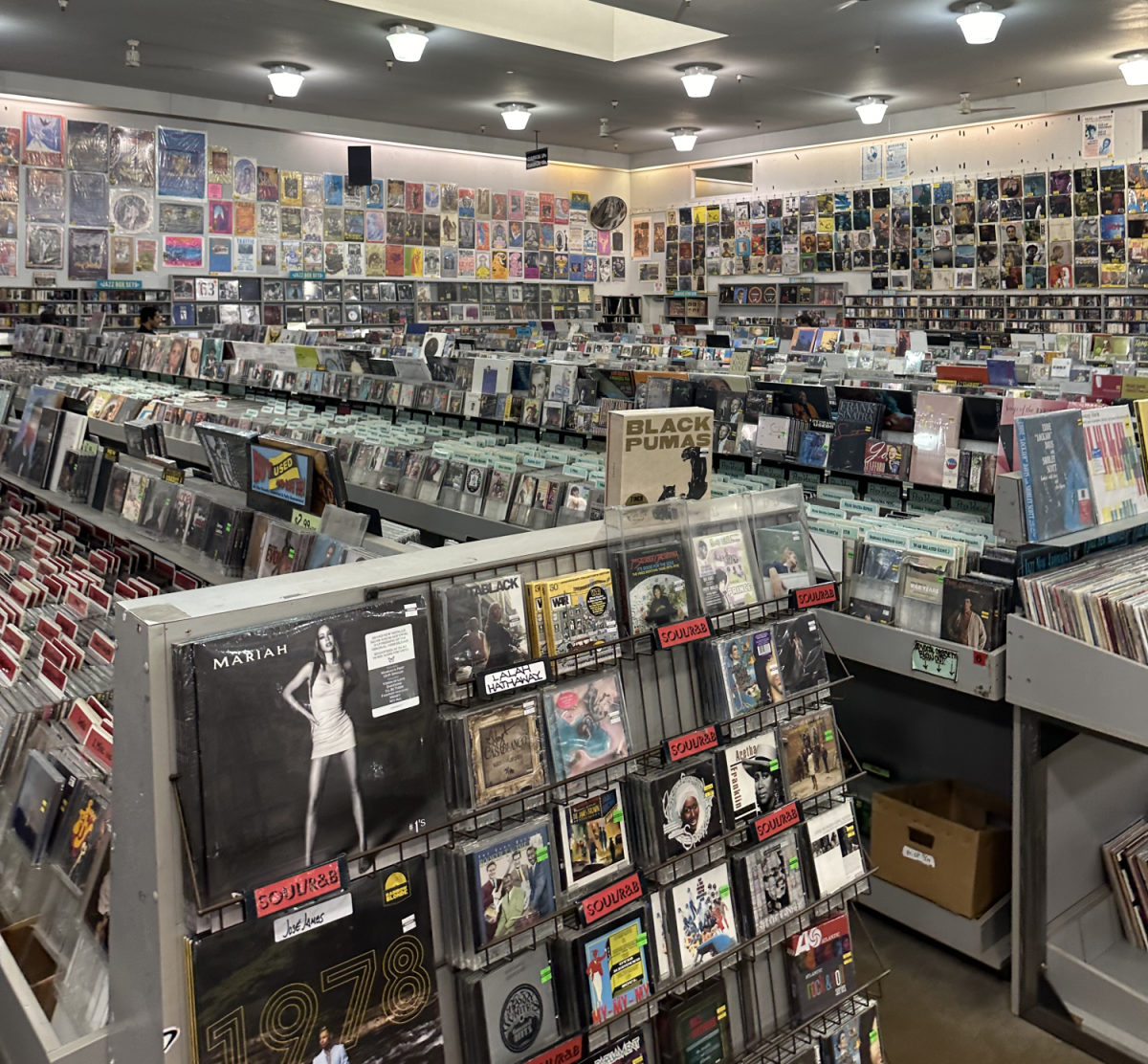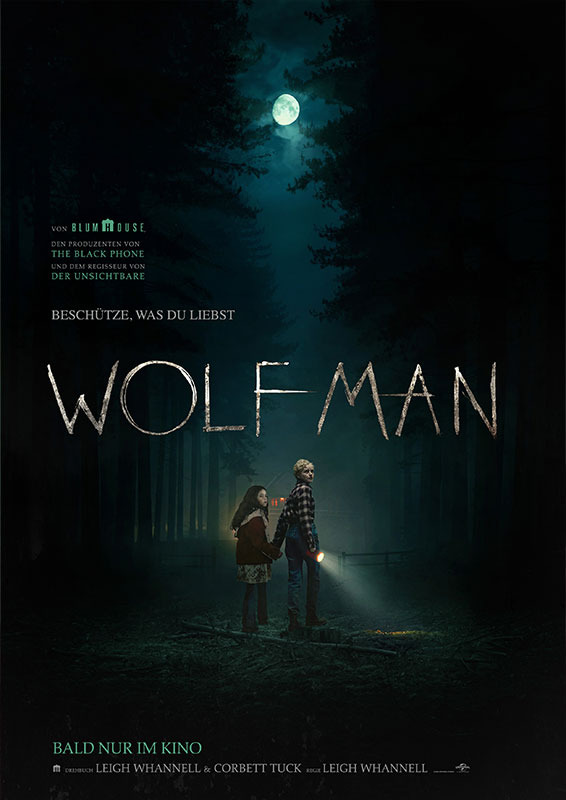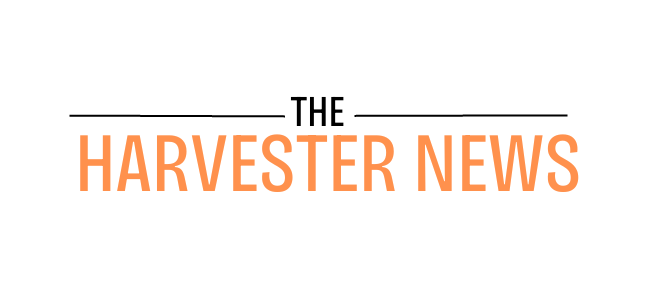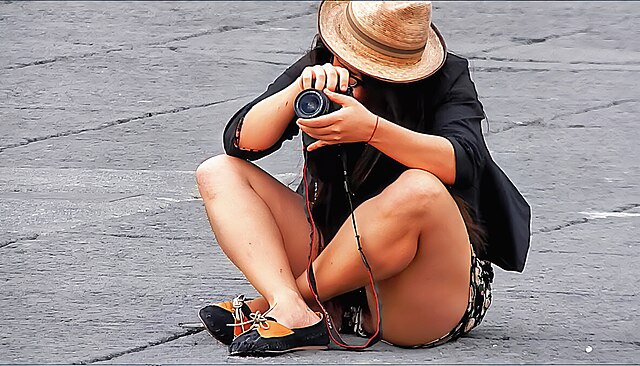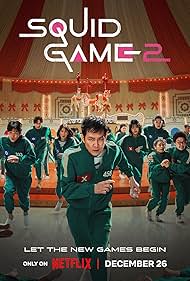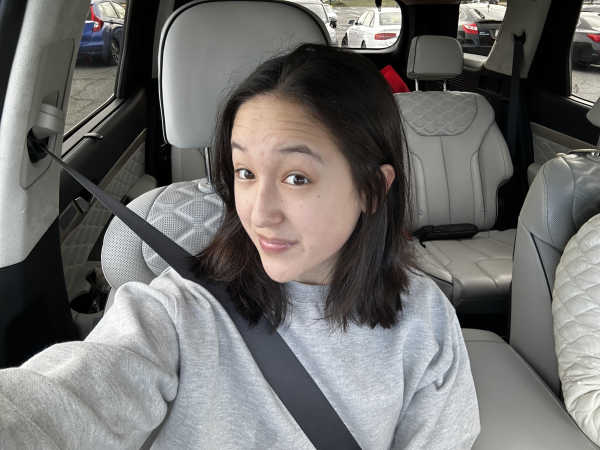There are many connotations that are associated with the fourth quarter of a school year. Some see it as a relief from a seemingly never-ending curriculum, while others may have a sense of dread; as the mantra “grades only count for fourth quarter” becomes a stressor as opposed to mitigator for one’s tension. Naturally, as I too am approaching the end of my courses, I carve out a couple of hours on the weekends, trying to make sense of the hundreds of papers and quizzes of vocab and forgotten information. I ask myself If I had to summarize these past lessons and months on a sheet of paper, what would I scribble down? What would I leave off?
Incidentally, I’ve applied these exact questions regarding skills that I’ve furthered outside of a classroom setting. Specifically, in the books I’ve read. Over this school year, I made a deliberate effort to choose a varietal array of genres and topics that I hadn’t previously familiarized myself with. By consequence, some books had me underlining every page, searching up additional articles and words that were unknown to me, and eagerly researching authors for more pieces of their thoughts. This is my list of books that were exceptionally necessary while in my junior year.
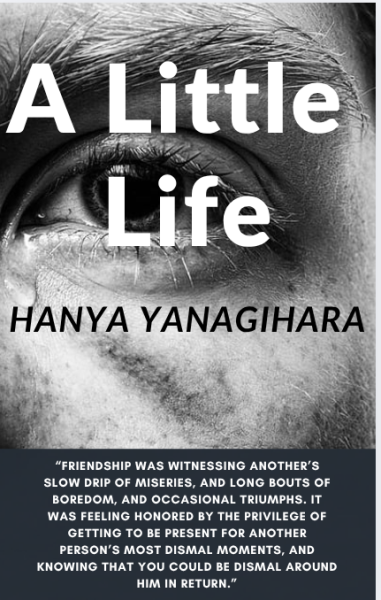
A Little Life by Hanya Yanaghara:
There has been a trend circulating on TikTok featuring accounts filming themselves reading A Little Life, captioning the clip “before reading”. These “before” reels usually depict these influencers to be equipped with a smile, oozing with overconfidence. The “after”, however, is a vast difference, as the reader is usually sobbing or hyperventilating- or both. Suffice it to say, these continuous extreme reactions have drummed up widespread popularity for A Little Life. I was hesitant to read this book for numerous reasons; for starters, the book is 800 pages long and the cover alone had me second-guessing whether or not I was emotionally prepared to take on Hanya Yanagihara’s writing. The story takes place in New York and centers around a friendship of four: Jude, Willem, Malcolm, and JD. I anticipated A Little Life to have character-driven plot lines, quotes that provide a profound commentary on life itself, and a good cry now and then. These guidelines were a gross underestimate of what was to come. The characters are fully fleshed out and each has little quirks in their hobbies and the way they see the world that even though the perspectives change abruptly within a chapter, the first sentence is all it takes to know who’s speaking. For instance, Jude, a renowned lawyer, argues with his peers in a way that turns his opponent’s logic against them, subtly finding a hole in their thinking for him to latch onto. With every positive comment in mind, it would be a disservice to not acknowledge the fact that this novel carries heavy topics and themes, dealing with the grit and aftermath of trauma on a person’s life and those around them. A Little Life contained people who had plagued my mind long after I had finished reading it. I would see JD in long, apologetic pleas for forgiveness and loud, revolving conversations around a single person and Malcolm in every silent contemplation of identity and foreign desire. There are only a few select books that I can name that etch their narratives into my subconscious, and, when that happens, I always try to cling to it, hoping that its writing will influence mine.

The Bluest Eye by Toni Morrison:
I’ve always been someone drawn to stories told in fragmented pieces. The task of obtaining each piece and connecting them is, in my opinion, the most enticing feature a book could have. The Bluest Eye is an exceptional example of how to craft a story that is explosive in its impact and hits you on the last page. The book is set in Lorain, Ohio and features many people in the town, but the main character, Pecola Breedlove, is the focus of the story as she weaves in and out of chapters and people’s judgements. Pecola, a black girl, is drawn to having blue eyes and blond hair, and we follow this longing through a child’s eyes, seeing just how prevalent racism, prejudices, and self-hatred is. Each character surrounding Pecola conveys either blatant aversion or neutral apathy towards Pecola, using her innocence and obedience as a stepping stone and target for personal gain or relief from their own self-loathing. Morrison’s writing is so poetic that I underlined more words than not on my personal copy as I had reread some chapters over and over in an attempt to savor each metaphor and each theme. Never have I ever seen such a candid depiction of human incentives, of tragedy, of the manifestation of a century-long trauma. The Bluest Eye is provocative and has changed the way I perceive a person’s motives and actions.
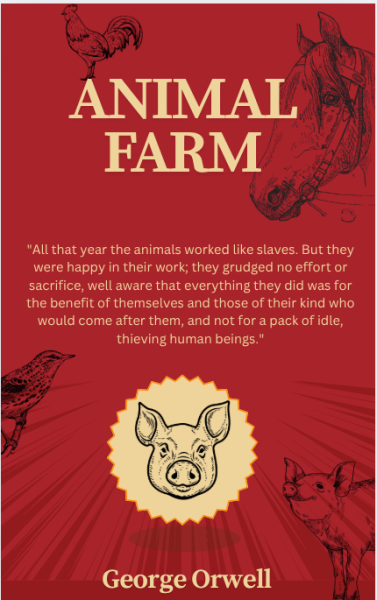
Animal Farm by George Orwell:
As someone who has taken many (two) AP history courses, reading this book is particularly satisfying; I’m able to categorize a couple references here and there under some greater historical development without needing to research too much into it. Putting my pride aside, Animal Farm is still a remarkable book in that its seemingly innocent farm-characteristic syntax has a greater purpose beyond its personified storytelling. Animal Farm is a commentary on the USSR’s corrupt communist government and the variations of manipulation from the ones in power toward the ill-informed public. Each chapter felt like an inside joke that Orwell himself was letting me in on, and, while I’m sure many allusions went over my head, I couldn’t help but feel that this is what literature was best utilized to do. That a good writing piece shouldn’t be concerned with word count or extensive vocabulary, but rather with the message that it demonstrates. Each character, paragraph, anecdote that had taken place on the farm existed not to “wow” its reader on its usage of similes and ten dollar words, but to illustrate to the reader the subtle and not-so-slow decline of a group’s liberties in place of a dictatorship. Animal Farm is witty and creative and reminds me to write and use language with a purpose not just for the sake of it.
